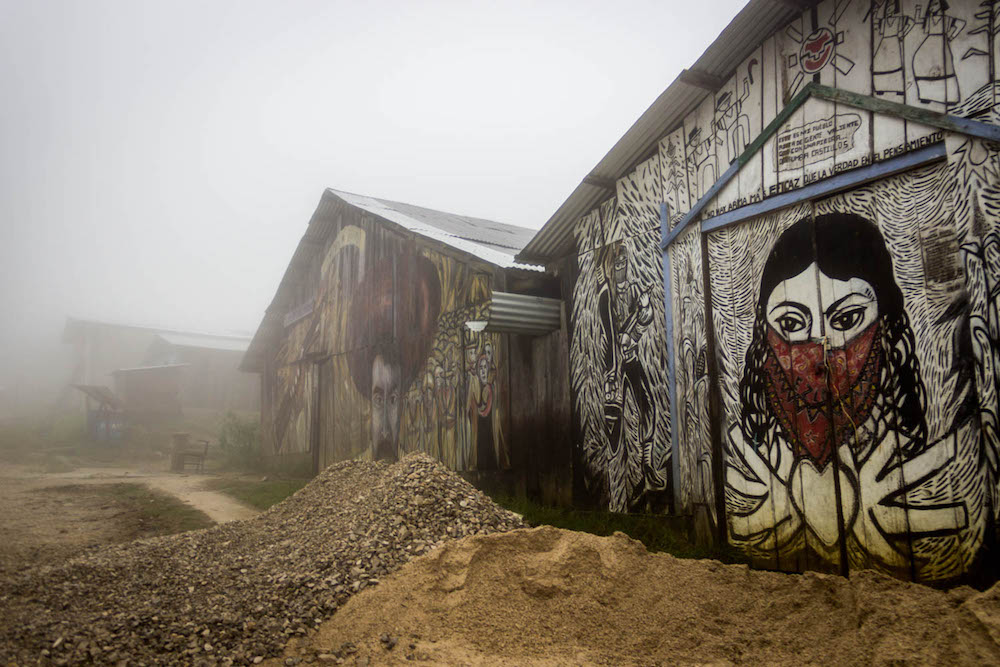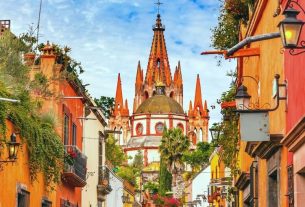Of all the photographs I took in Mexico, the most impactful one was recorded only in my memory. It was the image of two men completely dressed in black, with their faces hidden by balaclavas and disappearing into the dense fog that closed in on us at the gates of the Zapatista territory of Oventic, in the Mexican state of Chiapas.
Minutes before, we were talking to them about the purpose of our visit. We wanted to record a video with the Junta de Buen Gobierno, the committee formed by local authorities, in which they explained the importance of education in indigenous language for the Wakaya Proyecto. After writing down our names, documents and order, the two men walked away from the gate and disappeared into the cold white wall formed by the fog.
We had to wait and, to escape the cold, we sought shelter in the small cafe next to the entrance, which was run by the community. The place also functioned as a souvenir shop and as a grocery store with some basic necessities. All money raised there and in other Oventic stores goes back to the Junta and the autonomous communities managed by it. In front of the cafe, a sign warned: “You are in Zapatista territory. Here the people rule and the government obeys.”
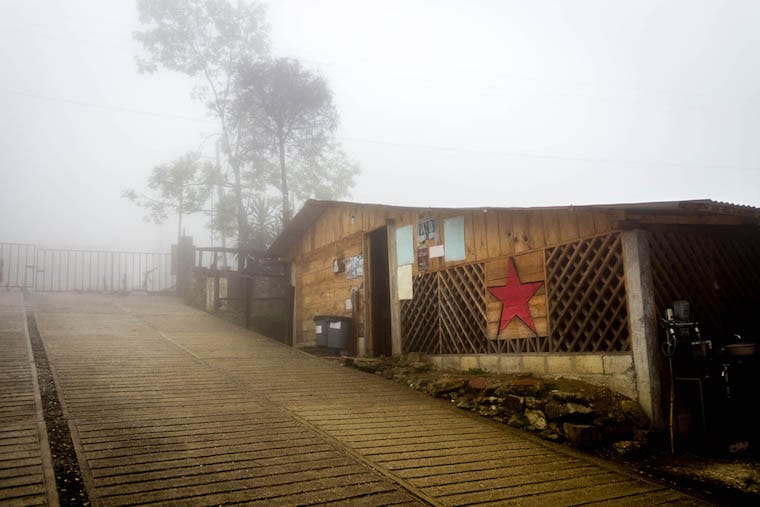
Little by little, small groups of tourists arrive and gather at the gate. Whatever the reason for the visit, no one goes beyond those iron bars without prior authorization. Security measure against paramilitary groups that for many years have persecuted members of the Zapatista National Liberation Army (EZNL) and against the government of the State of Mexico itself, better known in those parts as bad government. When the hooded men return, they say that they could not accommodate our filming request, but that they would be happy to offer a guided tour inside the snail, along with the other visitors.
Read too: The 20th anniversary of the Actel massacre, which killed 45 Zapatista indigenous people in Mexico
About Zapatismo and the history of Oventic
When we finally cross the gate, one of the hooded men apologizes for making us wait so long in the cold. From his face, we could only see his striking brown eyes and a little bit of dark skin. The balaclava, or hood, is a mandatory accessory for those who work at the snail farm. Not only because it makes them unrecognizable to enemies, but also because it has already become a symbol of the movement: “…it highlights that the government did not look at the indigenous people when they showed themselves and sees them now that they hide”, as the members themselves state. the EZNL.
“Today everything is a bit confusing because we are changing shifts. We worked seven days and, on Sunday, we handed the work over to another group”, explains the hooded man. That’s how things work there: all community-related service is rotating and voluntary, including leadership positions. A caracol, like that of Oventic, is the organizational and administrative region of the Zapatista communities or municipalities located in its surroundings. It is home to the school, the hospital, the popular assembly and the meetings of the Junta de Buen Gobierno, which is made up of representatives from each of the municipalities. In total, there are five snails spread across the state of Chiapas, which administer the 27 Rebel Zapatista Autonomous Municipalities (MARZ).
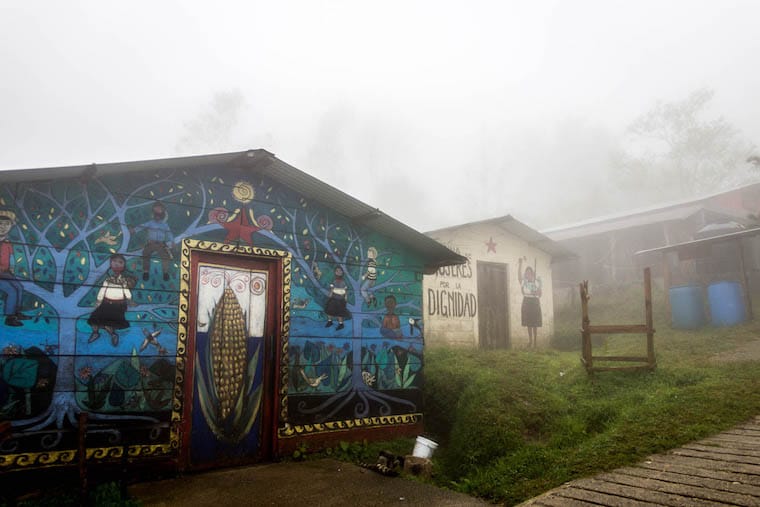
The movement began in 1994, when peasants belonging to different indigenous ethnicities in southern Mexico announced the creation of the EZNL. With their faces covered and weapons in their hands, they climbed the mountains of Chiapas and declared war on the government with a cry of “basta ya!” Inspired by the struggle of Emiliano Zapata, leader of the Mexican Revolution of 1910, they opposed the creation of NAFTA (free trade agreement between the United States, Mexico and Canada) and neoliberalism and demanded the right to autonomous and democratic management of indigenous territory. that included community members themselves in decisions, in addition to sharing the land and harvest. After years of negotiations and disputes with the government – which even promised, in 1996, an agreement never put into practice to grant rights to autonomy, justice and equality to indigenous peoples. The Zapatistas gave up armed struggle in 2005 to dedicate themselves to political struggle, based on peaceful resistance and rebellion.
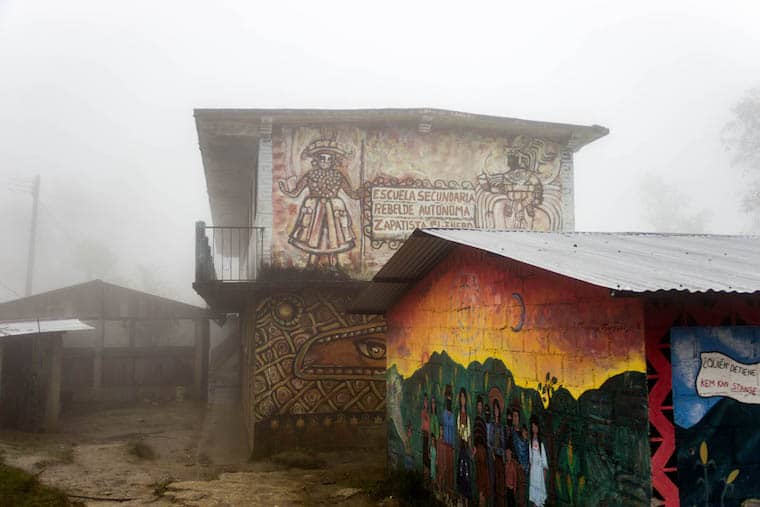
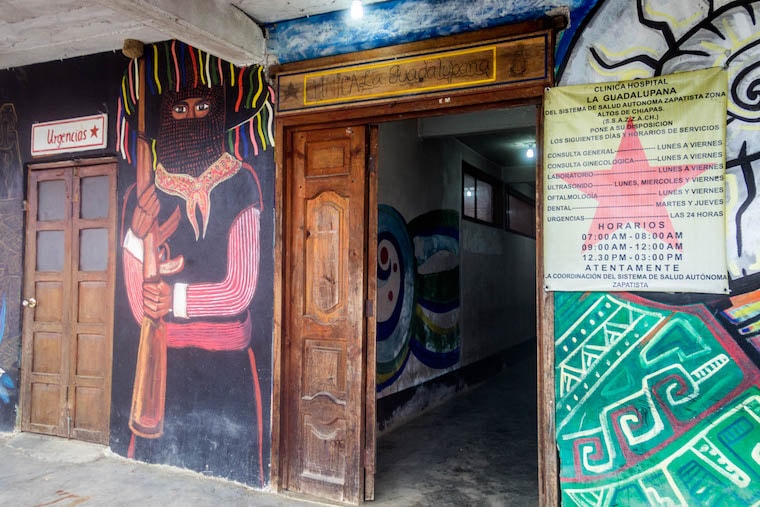
Visiting a Zapatista community is, to a large extent, stepping into a utopia. Everything there is designed for the collective and the common good. It is impressive to see how they alone maintain a functional and autonomous society. Women occupy leadership positions at the same rate as men. When, in 2017, they decided to launch the candidate Marichuy for the presidency of Mexico as part of their political articulation project, the fact that she was a woman was decisive, since her platform could also make visible the problems of indigenous women and girls.
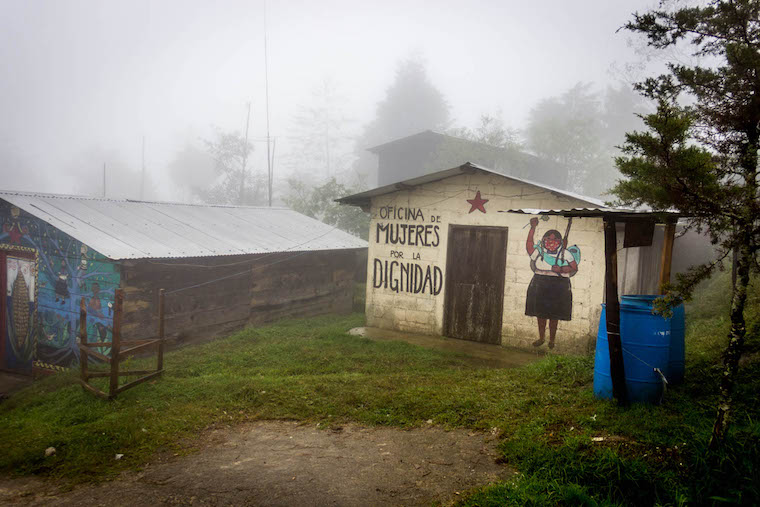
The economy is largely based on subsistence. The little money that comes in comes from the sale of informative and handcrafted material to tourists and is common property. Community members cannot accept help from the Mexican government, as this type of benefit is seen as an attempt by the presidency to buy them.
The school, hospital and all other institutions are maintained by the indigenous people themselves as an alternative to the central government and, in some cases, with the help of foreign civilians who sympathize with the cause. Even those who want to help need to take their idea to the Good Government Board, which will collectively assess whether it is really necessary and in which community the benefit will be best utilized.
But not everything is perfect. Paramilitary groups still guard the borders of indigenous lands and the threat of a new attack is always in the air. Mass arrests of Zapatistas and supporters of the movement, without evidence or formal charges, still occur in communities to this day. Multinational projects threaten autonomy over indigenous territory. A sign that the fight is still far from over.
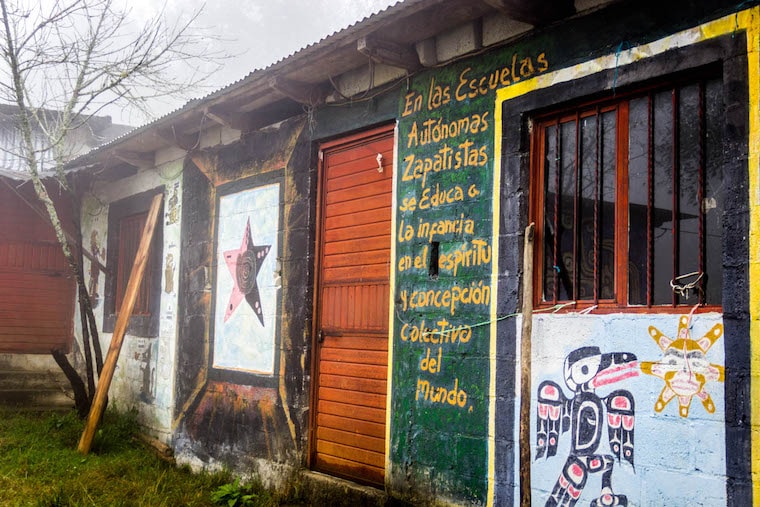
How to visit the Oventic zapatista snail
Of the five Zapatista snails in Chiapas, Oventic is the only one that receives visits from tourists. Both because it is closer and has easy access from San Cristóbal de las Casas, and because it is considered safe territory for this type of activity. To get there, you need to take a bus from the Santo Domingo market, in the center of San Cris. When you’re there, ask for buses that take you to Caracol. You may need to wait a while for the vehicle to fill up. If you prefer, you can also take a taxi there for around 40 Mexican pesos per person (R$8).
The journey takes about an hour between the jungle and the winding curves of the mountain. Both the taxi and the bus will drop you off at the entrance to the caracol. In a guardhouse near the gate you will find two guards with balaclavas. Approach without fear. They are used to visitors and don’t bite. Say that you are interested in the movement and would like to see the snail up close. They will call the people in charge of the day, who will write down your details in a notebook and ask you to wait in the cafe. The acceptance of tourists in Caracol depends largely on internal issues. In other words, whether they are in a position to have that time and attention for you or not.
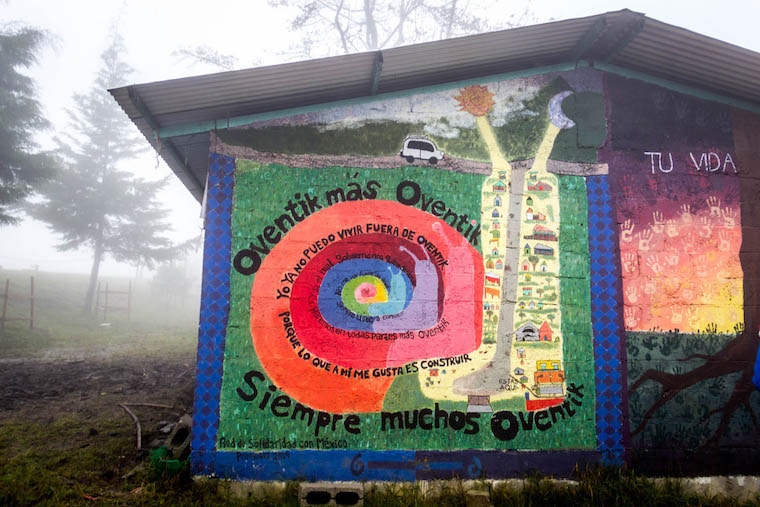
If everything goes well, your entry will be authorized and you will tour the caracol with a Zapatista guide. It depends on your luck. Mine was quiet, but the group that arrived with us interacted more. Even if you’re not so lucky, don’t be afraid to ask questions and take into account that some of them have very poor Spanish, as in communities they tend to communicate in their native language. You can take photos inside the snail, but it’s a good idea to avoid taking photos of people unless they give you permission. Don’t forget to buy some souvenirs in the shops to help the cause.
On the way back, you will have to wait outside until a taxi passes by, which will take you to San Andrés de Larraiznar square. From there vans leave every few minutes to the center of San Cris.
How to be a Human Rights Observer in a Zapatista caracol in Chiapas
Since 1995, one year after the armed uprising, the indigenous communities of Chiapas have launched a national and international call to guarantee a strong civilian presence in the region. The objective is for this to inhibit the actions of paramilitary groups and the disrespect for human rights by the government, given the strong national and international repercussions that the episode would generate.
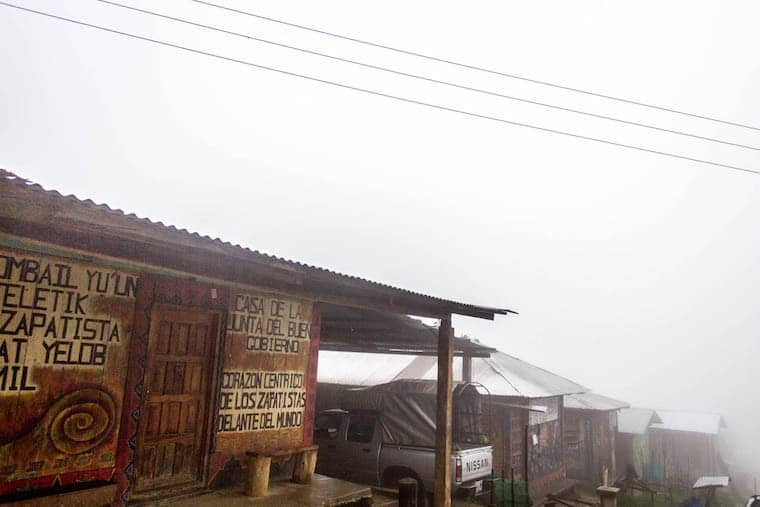
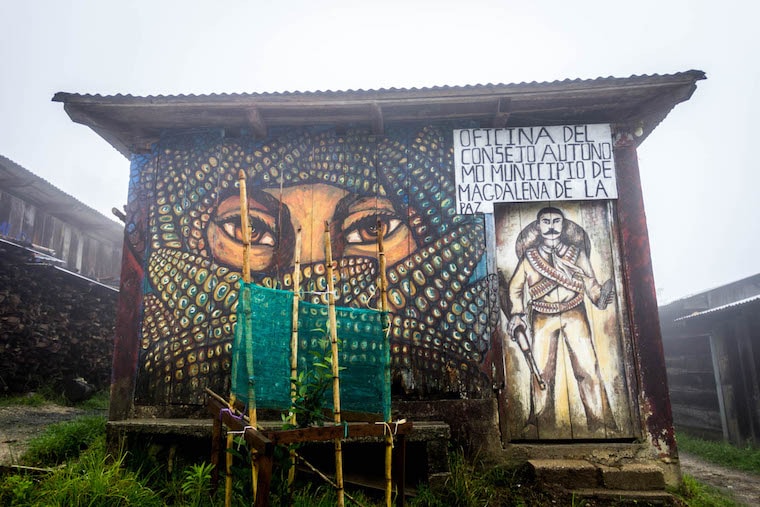
In practice, this is the most immersive and complete experience a foreigner can have inside a Zapatista caracol. The program is organized by the Fray Bartolomé de las Casas Human Rights Center, can last a week or 15 days and consists of spending this time within the community. In some of them, you will simply be there and interact with the indigenous people, learning about their way of life and communal organization. In others, you will be asked to spend a few hours a day in the guardhouse, taking note of any nearby activity.
To become a brigadista, you must first complete a preparatory workshop that will help you understand your role there, as well as the history of the movement and the possible cultural differences you may face. I did the workshop in San Cristóbal de las Casas, with two Spaniards who were passing through and used to teach the course in the Basque Country, but I didn’t get to go up to the communities because I didn’t have time. I didn’t find any reference to this type of workshop being taught in Brazil, but in this link you have a database with all the organizations that FrayBa works with. In addition to the endorsement received at the workshop, you also need to be fluent in Spanish and over 18 years old to participate. If you are interested, I advise you to contact them directly by email at bricos@frayba.org.mx.
Brigade members are only sent to communities that are in stable situations and, at the slightest sign that things are going to get bad, they are evacuated from there. So no need to be afraid, you will not be sent to no man’s land. You must bring food and water for the entire duration of your stay, as well as books and other forms of offline entertainment. If you want to know more about what the experience is like, read two reports from friends who went through it here and here.
Sign up for our newsletter

Sign up for our newsletter and stay up to date with exclusive news
that can transform your routine!
Warning: Undefined array key "title" in /home/storelat/public_html/wp-content/plugins/link-whisper-premium/templates/frontend/related-posts.php on line 12
Warning: Undefined array key "title_tag" in /home/storelat/public_html/wp-content/plugins/link-whisper-premium/templates/frontend/related-posts.php on line 13

